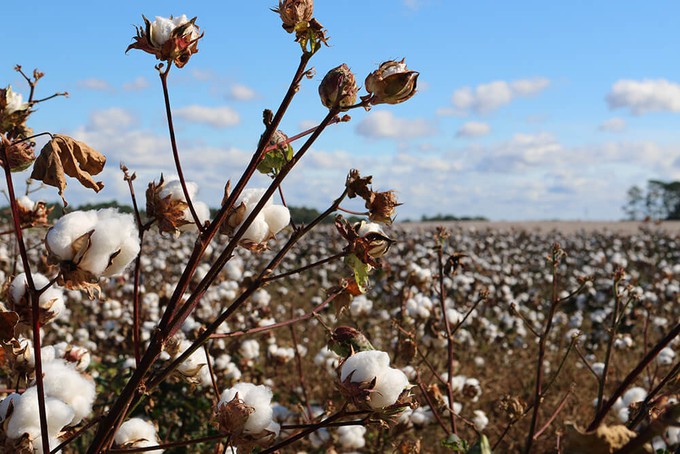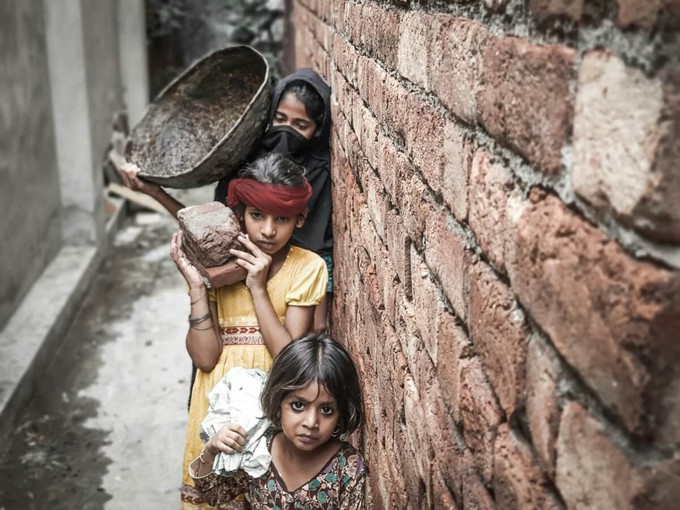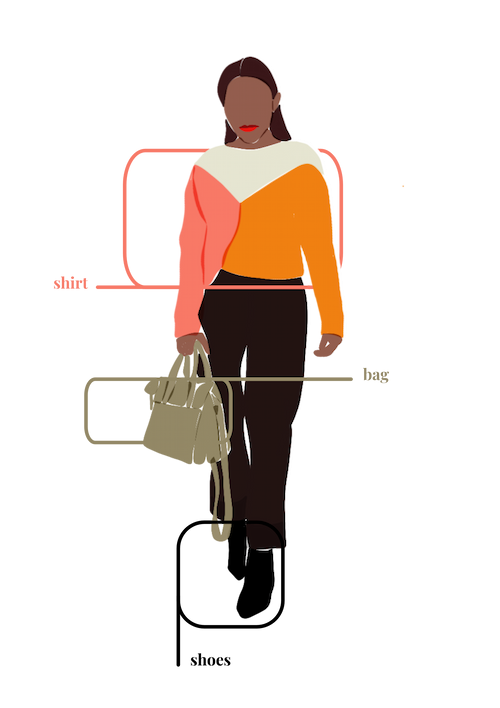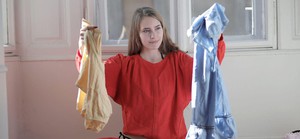- Clothes
- Bags
- Accessories
-
Inspiration
- Shoes
Child Labour in the Fashion Industry: Is It Still a Thing?

That cotton t-shirt you bought for £2 from a fast fashion brand? It’s fairly likely that child labour was involved in its production.
For real.
We’d all like to think that child labour in the fashion industry is a thing of the past. Sadly, that’s not the case, and most of us have been supporting it without knowing.
What is “child labour” in the fashion industry?
Child labour refers to the exploitation of children through work that:
- Deprives them of their childhood
- Is mentally and/or physically harmful
- Interferes with school attendance
Child labour in fashion can happen at any stage of the supply chain, from harvesting resources to spinning yarn and putting the actual garments together.
Cotton production, however, tends to be the most likely, since 71% of all child labour is found in agriculture.
But is child labour in fashion still a thing nowadays?

Yes, child labour in fashion is still a thing. Even though it’s forbidden by law in most countries, it continues to be a problem, especially in developing areas.
It’s not a coincidence that those are exactly the countries from which most fast fashion brands outsource their garments.
And, as if it weren’t heartbreaking enough that child labour in fashion still exist, it’s been rising, too. It declined by 30% between 2000 and 2012, but then the number of children in child labour rose by 8.4 million (reaching 160 million worldwide) within 4 years.
The COVID-19 pandemic was amongst the main factors, from schools being closed to the economic challenges it presented.
Why is there child labour in fast fashion?
Sadly, cheap and unregulated child labour is especially still a thing in fast fashion because it helps keep the costs so low.
Some of the reasons that maintain child labour in the fashion supply chain are:
- Many of its stages involve low-skilled tasks
- Some employers prefer hiring children for cotton picking because their smaller fingers are less likely to damage the crop
- Children are considered more obedient, and they’re often lured in with fake promises
- At least 29.8 millions of people are kept in modern slavery conditions: sometimes, when the adults in a family can’t survive on their wages alone, they feel like they have no other choice than to bring their children into slave labour in fashion
What you can do about child labour in the fashion industry as a conscious consumer

Of course, it’s an extremely difficult situation, and nobody can solve it overnight. However, here are some starting points to fight against child labour in fashion:
- Educate yourself and share your knowledge. Maybe, before reading this article, you didn’t know that many fast fashion clothing hid child labour. Being aware of it is already a great first step!
- If you can, consider donating to organisations actively working to tackle child labour, like Anti-Slavery International
- Demand transparency and avoid fashion brands that don’t tell you who made their clothes. Remember: if a garment is so cheap that it sounds too good to be true, it usually hides a dreadful price
- Support ethical and transparent fashion brands
- Choose organic cotton over cotton
- Look for third-party certifications like Fair Trade International, Better Cotton Initiative, or Fair Wear Association. On Project Cece, you can use them as filters to browse the clothing range of hundreds of fairtrade fashion brands!
Overall, we believe that being vocal and voting with our money are some of the best things we can do to fight child labour in the fashion industry (and beyond).
Just because we can’t see it, it doesn’t mean it's no longer there!
Share our story
Related articles
How to Buy Sustainable Clothes: 6 Questions Before a Purchase
It goes beyond finding eco-friendly garments! Here’s how to buy sustainable clothing through 6 questions, from mindset to your wardrobe and how you use it.
Do Sweatshops Still Exist in Europe & for Big Fashion Brands?
These factories aren’t as distant as we believe, neither in time nor space! Here’s the reality of sweatshops in Europe or behind popular high street brands.
Why the Fashion Revolution Still Matters Years After Rana Plaza
The Fashion Revolution movement started after this 2013 disaster: has this industry really changed when it comes to worker rights and environmental problems?
Project Cece is a platform that collects ethical fashion from vetted brands and shops in one place. Browse ethical fashion for women and men and find items that fit your style, budget and values!



